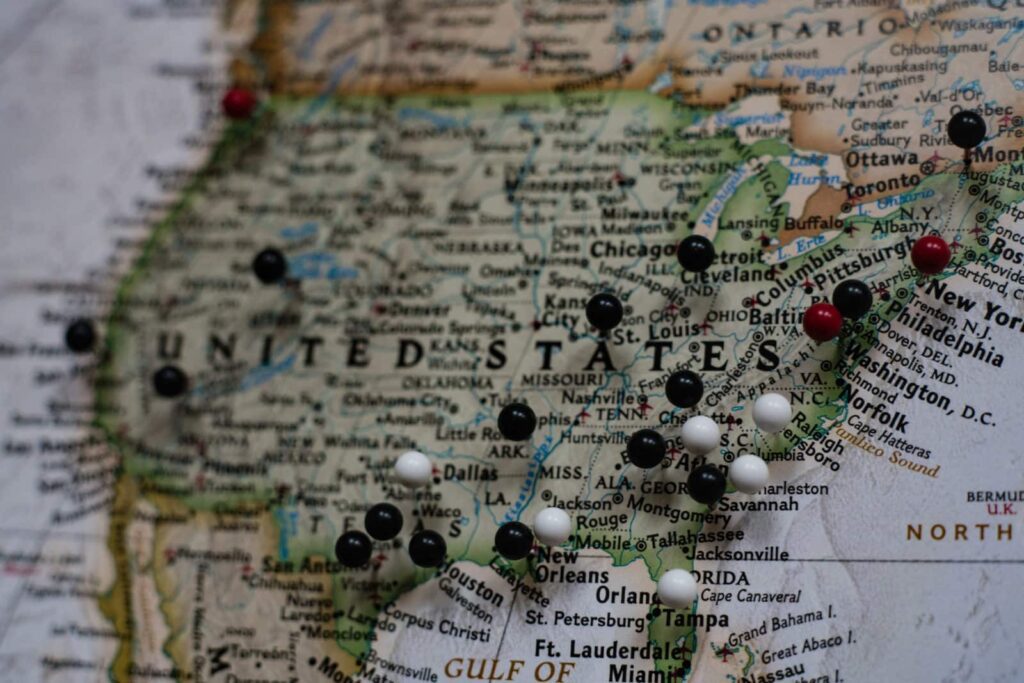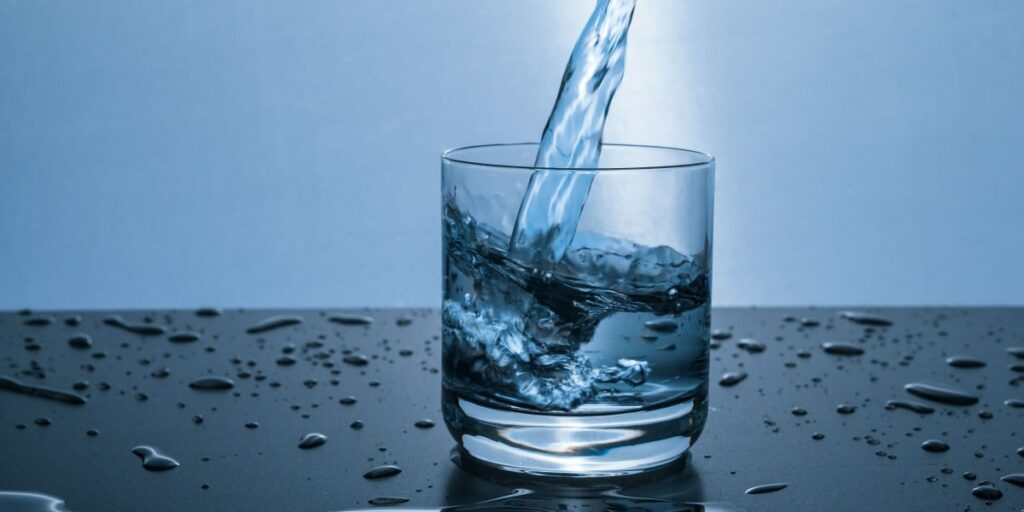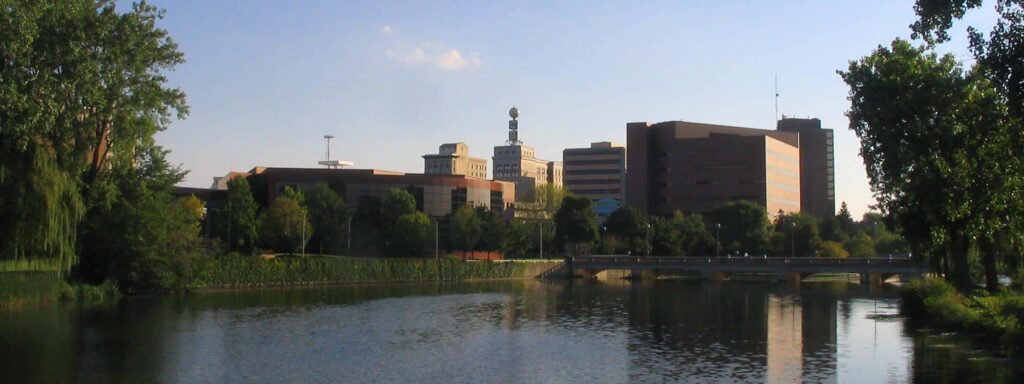Water: it’s the essence of life, fueling our bodies, and ensuring the health and cleanliness of our homes. Yet, the assurance of safe, drinkable water is not a given, especially in the face of contamination challenges prevalent in North America.
This article sheds light on the pressing issue of water contamination, its implications on our health, and the proactive measures underway to mitigate this concern. By understanding the problem at hand and the active solutions being deployed, we can play a pivotal role in ensuring the purity of the water we consume daily.

What’s in Our Water? Understanding Contamination
Our drinking water can play host to a myriad of contaminants, both natural and anthropogenic in origin. Agricultural activities and the burning of fossil fuels, for instance, can introduce excessive levels of phosphorus and nitrogen into our water systems. These elements, although natural, can trigger rampant algae growth in water bodies, birthing a host of problems including the proliferation of harmful toxins and bacteria.
Moreover, natural geologic formations can leech substances like arsenic, radon, and uranium into the groundwater we rely on. Eradicating these contaminants demands sophisticated purification techniques.
But the dangers don’t end there. Microbial culprits such as giardia, shigella, campylobacter, copper, salmonella, hepatitis A, norovirus, legionella, cryptosporidium, and E. coli lurk in the shadows, posing risks not just to humans but also to the flora and fauna sharing our ecosystem.
Even beneficial elements like fluoride can morph into contaminants when present in disproportionately high levels, underscoring the delicate balance that safe drinking water entails.

Lessons from Flint: The Impact of Contamination
The narrative of Flint, Michigan, serves as a stark reminder of the devastating impacts of water contamination. The residents of Flint grappled with discolored and hazardous water, courtesy of aged infrastructure and a switch in water sources.
Lead found its way into the water supply, wreaking havoc on the health of those who ingested it. The Flint crisis not only highlighted the criticality of water quality but also the imperative for robust investments in water infrastructure to forestall such calamities.

Joining Hands for Cleaner H2O: Collective Efforts to Enhance Water Quality
The quest for clean, safe drinking water has galvanized authorities and organizations across the US into action. Significant funding allocations have been channeled towards ameliorating water quality and accessibility. Collaborative endeavors engaging farmers, local industries, and the waste management sector are in motion to refine water management practices, a testament to the communal commitment towards this cause.
For individuals yearning for purer water within their households, options abound. Water filtration systems like whole house filters and reverse osmosis systems have proven efficacious in filtering out contaminants, paving the way towards safer, cleaner water.
Playing Your Part: Personal Steps Towards Safer Water
The journey towards impeccable water quality is a collective endeavor, and there’s a role for each one of us to play. Staying abreast of water quality issues in your locality, opting for water filtration systems, and backing initiatives aimed at enhancing clean water accessibility are actionable steps you can take. Together, let’s make strides towards guaranteeing safe, clean water for everyone!

Jay
Jay is a health and wellness enthusiast with expertise in water quality and nutrition. As a knowledgeable advocate for holistic well-being, Jay successfully manages Type 2 Diabetes through informed lifestyle choices. Committed to sharing reliable and authoritative insights, Jay combines firsthand experience with a passion for enhancing health."
